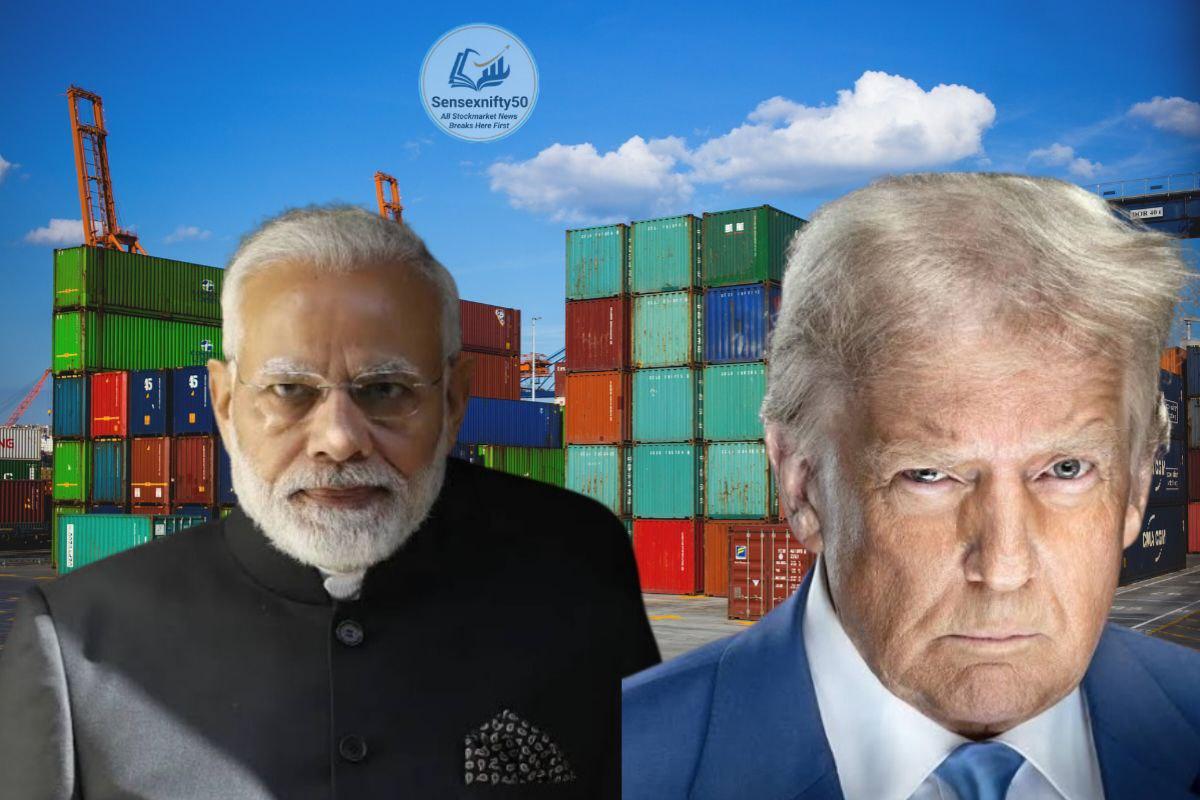Disclaimer:
This article is intended for informational purposes only. It does not constitute financial, investment, or political advice. The content reflects developments as reported and statements made by public figures and government officials. Readers are encouraged to follow official announcements and consult relevant experts before forming conclusions or making any investment or policy-related decisions. The views expressed are not intended to defame, harm, or target any individual, nation, or entity.

Even though the US stock market appeared to be up by over 300 points, that momentum was from the previous trading day. On July 4, the market was shut due to Independence Day, but Trump’s statements did not take a break. He dropped a major announcement related to tariffs—something he is frequently asked about.
Trump has revealed that starting from today, Friday, he has begun sending tariff-related letters to countries that don’t have a finalized trade deal with the US. For those who have negotiated properly, there’s no issue. Vietnam, for instance, is already aware of a 20% tariff heading their way. But others who haven’t reached any agreement with the US are now on notice.
From August 1, tariffs will be implemented, and affected nations will have to pay taxes if they want to continue exporting goods to the American market. Trump confirmed that 10-12 letters have already been dispatched today. These letters are essentially ultimatums—either accept the terms or face tariffs.
As for the tariff percentages, while previously the range was between 10% to 20%, Trump now says they could go as high as 60% to 70%. This is a massive jump and poses significant concerns for global trade. However, the exact percentage for each country hasn’t been disclosed yet, nor has there been clarity on whether tariffs will apply to specific goods or all exports.
As of now, the baseline tariff is 10%, and earlier, we had seen numbers go up to 50%. But with today’s announcement, certain countries might face duties as high as 70%. The names of the countries receiving letters have not been made public, nor has there been any clarity on product-wise breakdown.
What about India? That’s the big question.
Recently, Indian Trade Minister Piyush Goyal and others were in the US, engaging in meetings, but no official announcement has been made regarding a US-India trade deal. Goyal has made it clear that India’s interests are top priority, and that no trade deal will be signed under deadline pressure. The deal must be mutually beneficial.
So where does that leave India?
The next 48 hours are crucial. It’s possible we could see an announcement on a “mini trade deal” soon. A mini deal would mean a partial agreement—perhaps consensus on 50 out of 100 trade topics, with the rest deferred. An update could come by Sunday or even before US markets open on Monday.
But if no agreement is reached by then, attention turns to July 9, which many believe is a soft deadline for the trade deal. If no deal is announced even by then, it’s likely that India too may receive one of those tariff letters, and Trump’s administration may reveal the exact duty imposed on Indian goods.
Another issue looming in the background is agriculture. The US wants more access to India’s agricultural sector, but India—being a predominantly agrarian economy with 60-70% of its population dependent on farming—is unlikely to open its doors wide in this sensitive area.
Even if a trade deal is announced, that doesn't mean the matter ends there. Trump’s next target could be Russian crude oil. He previously threatened a 500% tariff on countries importing oil from Russia, clearly aiming at China and India.
So what can we expect going forward?
The next five days are likely to be filled with high uncertainty. Retail investors and traders alike will be extremely cautious. No major positions are likely to be taken until clarity emerges. If a trade deal is struck, it’s essential to examine its details—especially what India may have had to concede.
If not, we might soon learn the exact tariff percentage imposed on India. Post that, market reaction is expected, especially in sectors heavily reliant on exports to the US.
And once the trade dust settles, attention will shift toward oil. Trump’s aggressive stance on Russian crude may lead to further complications for India, which has been one of the biggest buyers.
In summary, Trump’s second term is proving to be as stormy as the first—if not more. The trade landscape is changing fast, and volatility is the only constant for now.




